Arrival in Tbilisi: First Impressions

My journey began early in the morning. I landed at Tbilisi International Airport after a short but comfortable flight. The airport was small but efficient, with English signs and friendly immigration officers. Within minutes, I had my luggage and exchanged some currency at a booth in the arrivals area. I opted for a local taxi to take me to my hotel in the city center, which was about a 25-minute drive. As the car moved along the highway, I saw the city slowly revealing its character rolling hills, centuries-old churches peeking out, and crumbling Soviet buildings standing beside glassy modern towers.
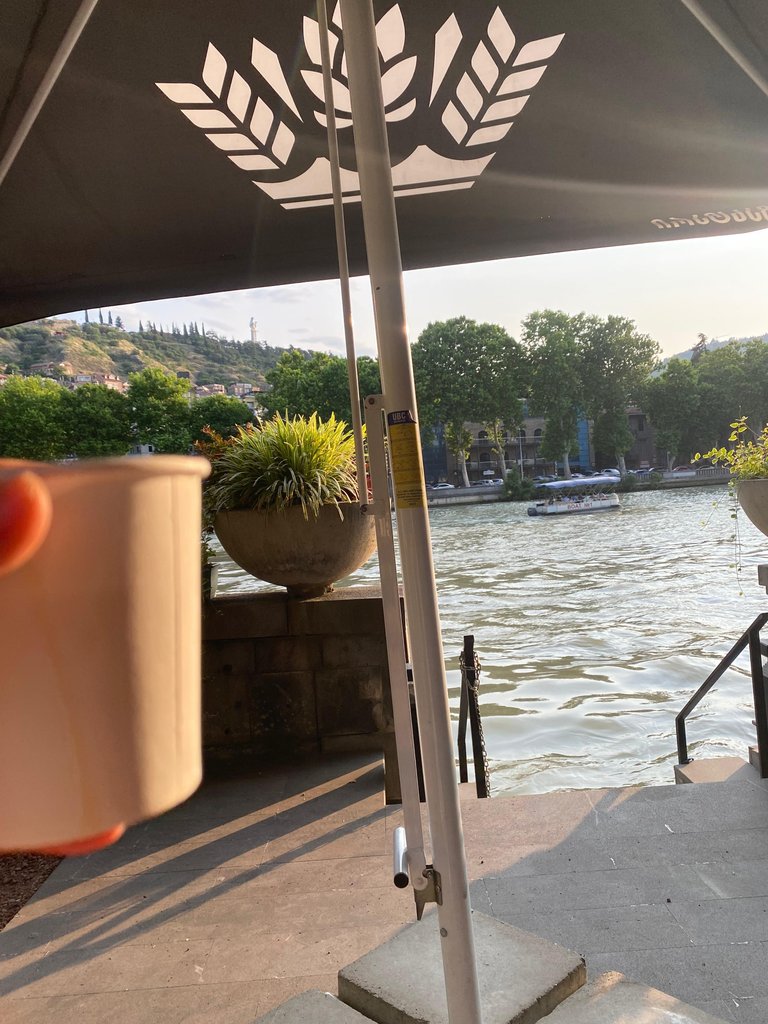
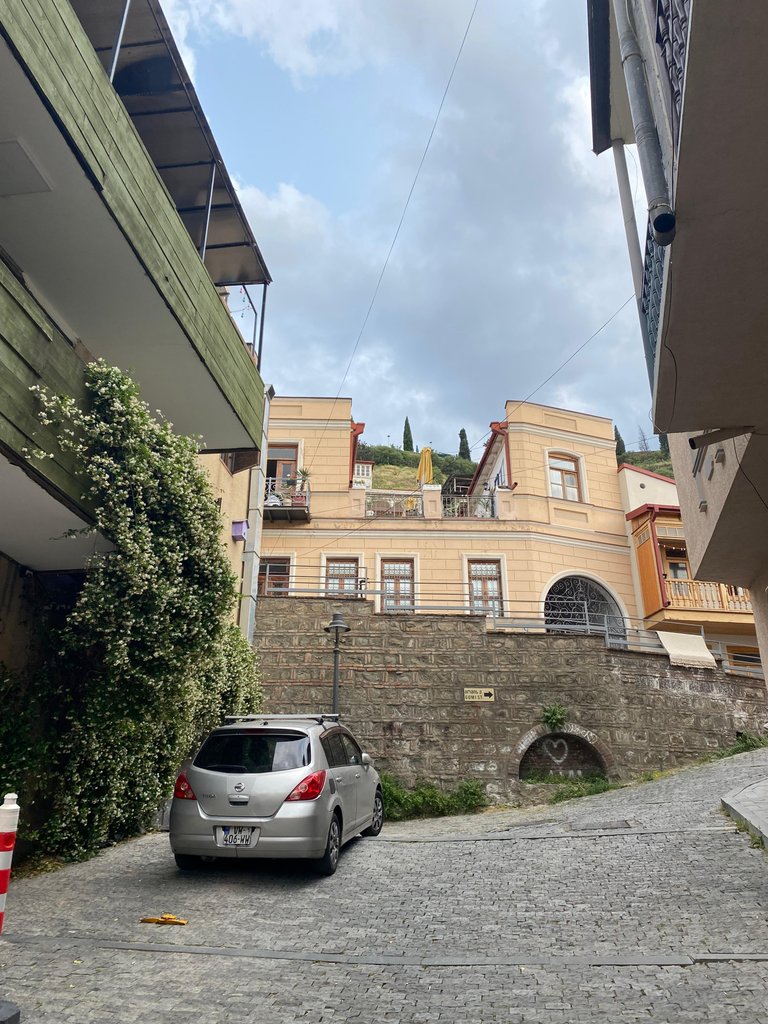
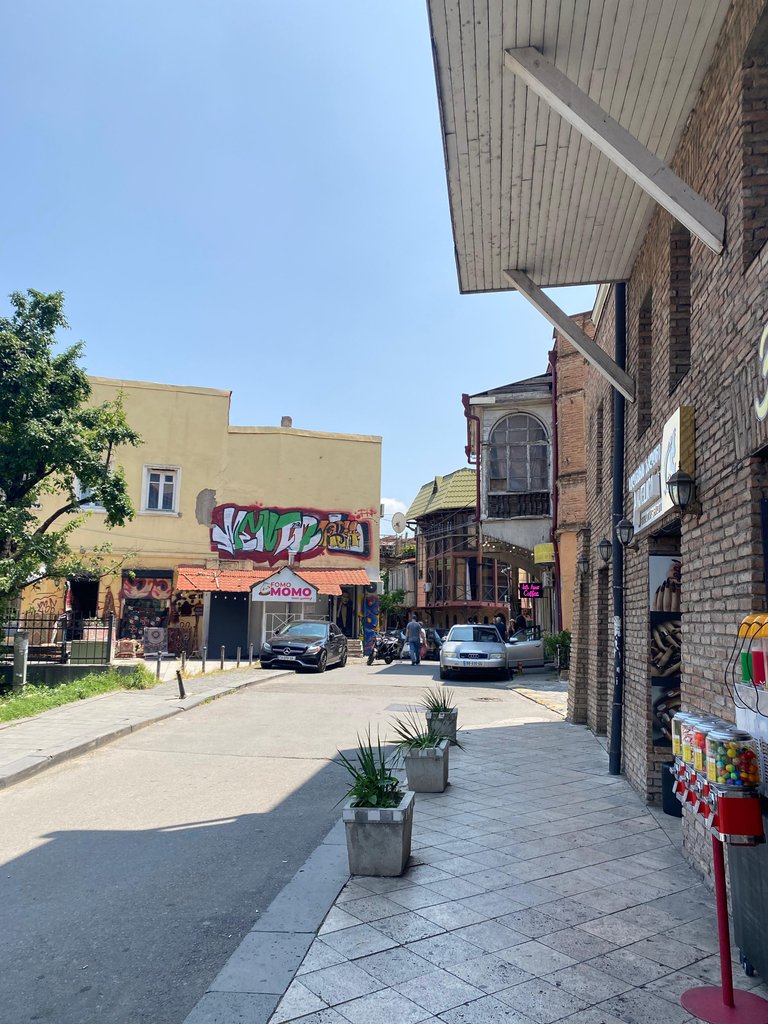
My hotel was near Freedom Square (Tavisuplebis Moedani), one of the most iconic locations in Tbilisi. After checking in and taking a short rest, I stepped out into the afternoon sun with a map in hand and no rigid itinerary just a desire to experience the city at my own pace.
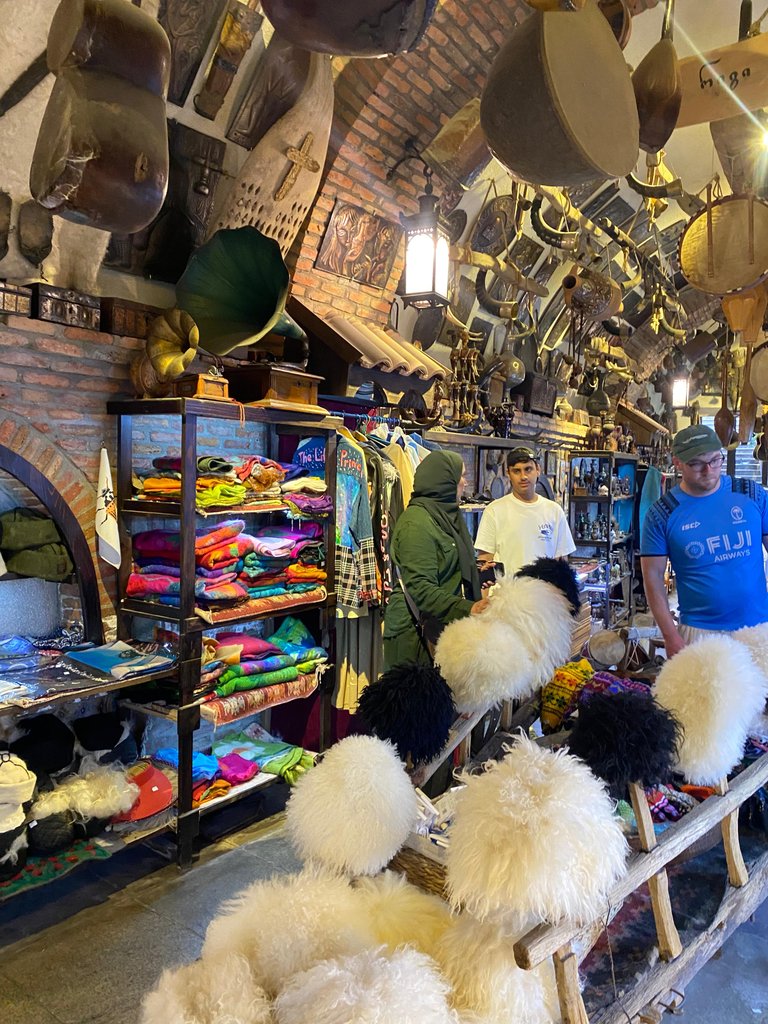
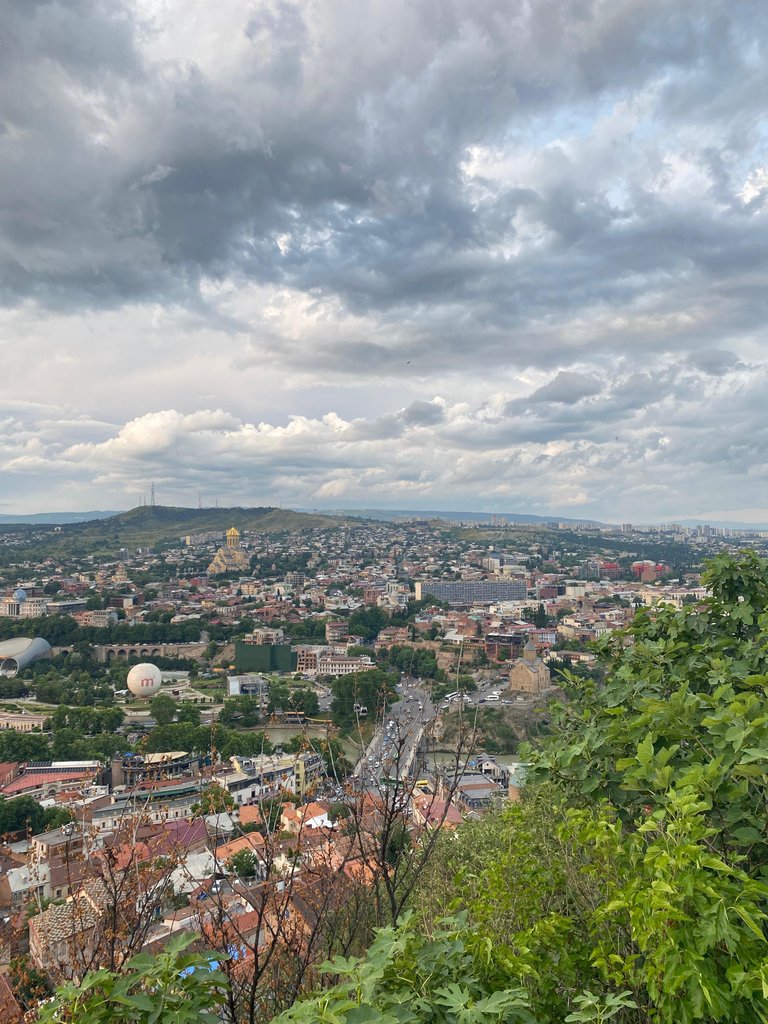
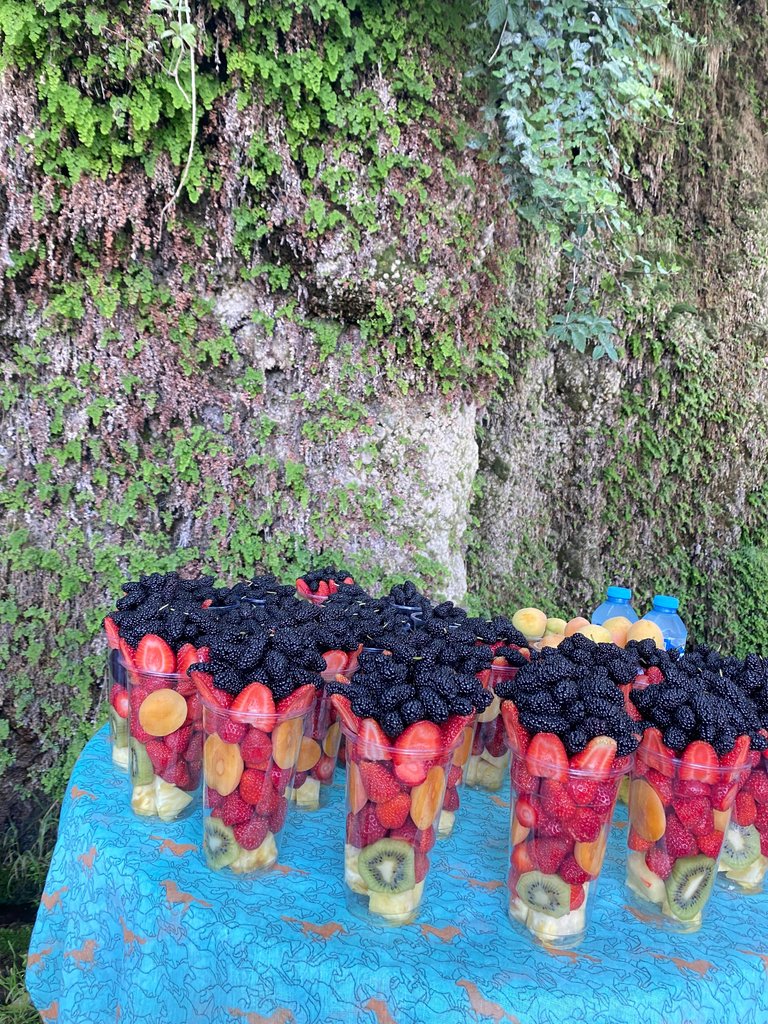
Day One: Freedom Square, Sculptures, and the Spirit of Liberty
My first stop was Freedom Square, located at the edge of Old Tbilisi. At the center of the square stands the St. George Monument, a golden sculpture depicting the patron saint of Georgia slaying a dragon. The contrast between the gleaming gold and the soft stone of the surrounding classical architecture was striking. Around the square, I noticed a mix of government buildings, high-end boutiques, and small cafes filled with locals chatting over coffee.
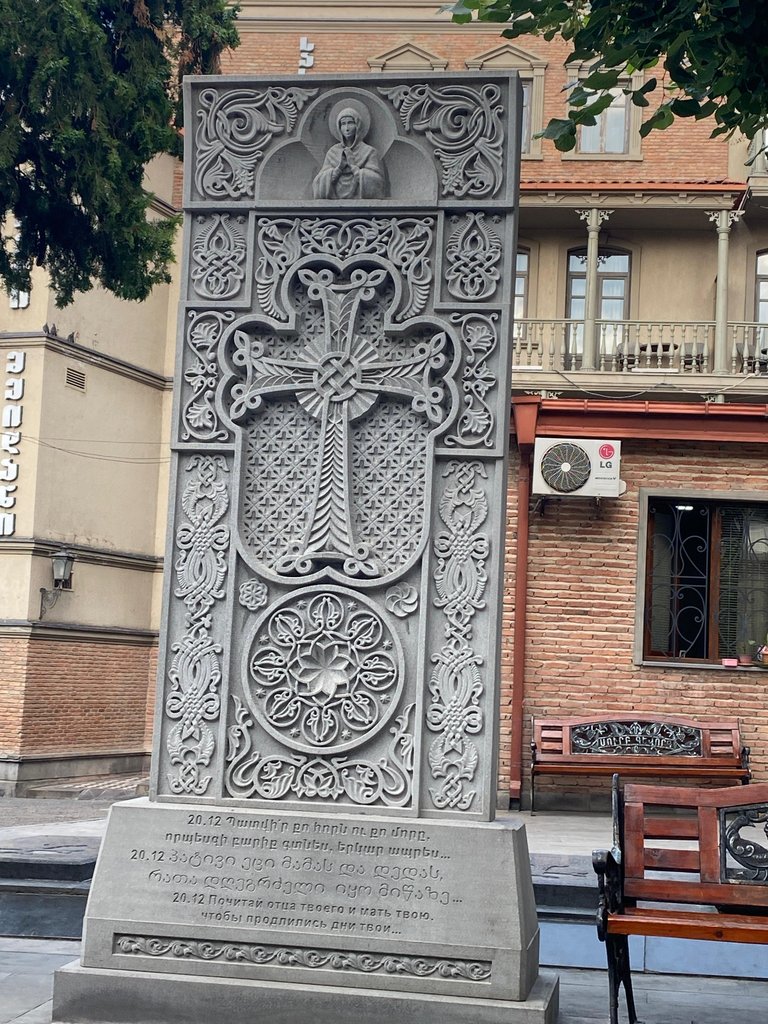


From there, I wandered down Rustaveli Avenue, a cultural artery of the city. I came across various public sculptures some modern, some historical. One sculpture that particularly caught my attention was the Tamara Kvesitadze sculpture, often referred to as the Statue of Love. Though its more famous version stands in Batumi, several of her works dot Tbilisi. Her style, fluid and emotionally evocative, brings human relationships to life in bronze and steel.
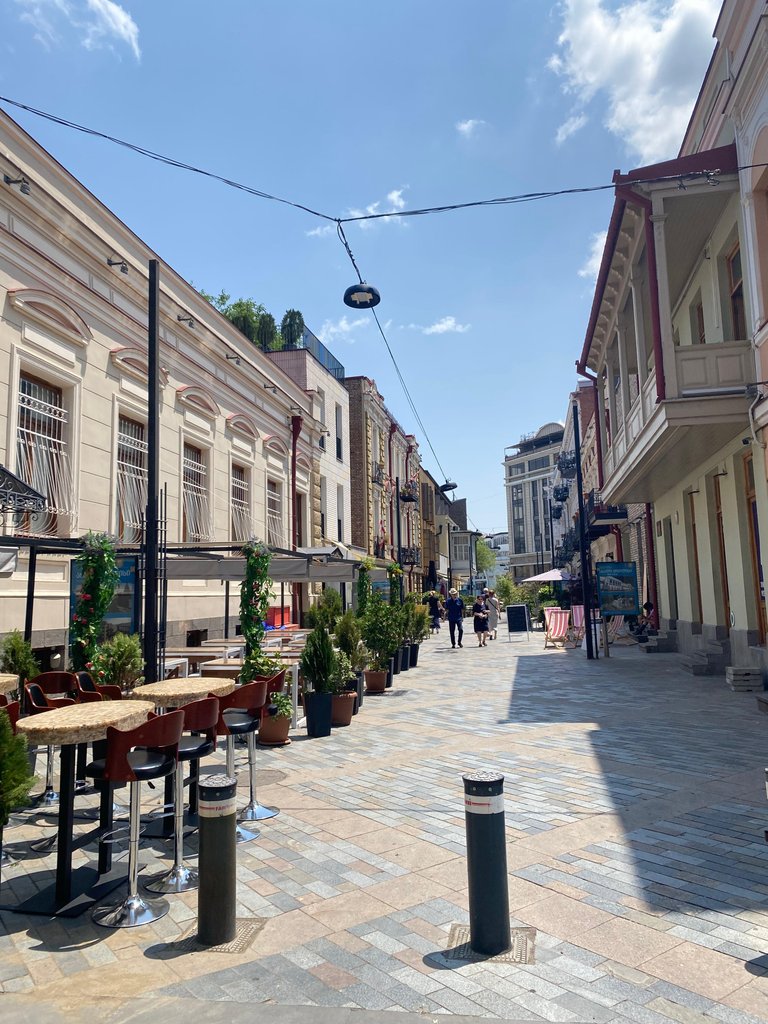
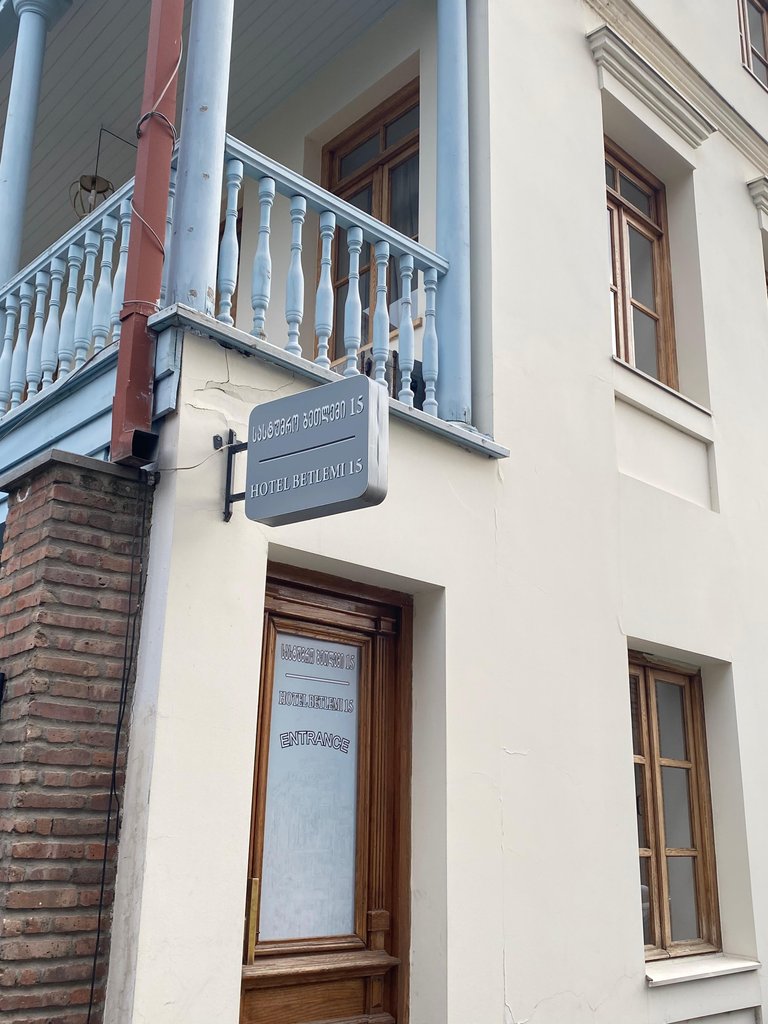
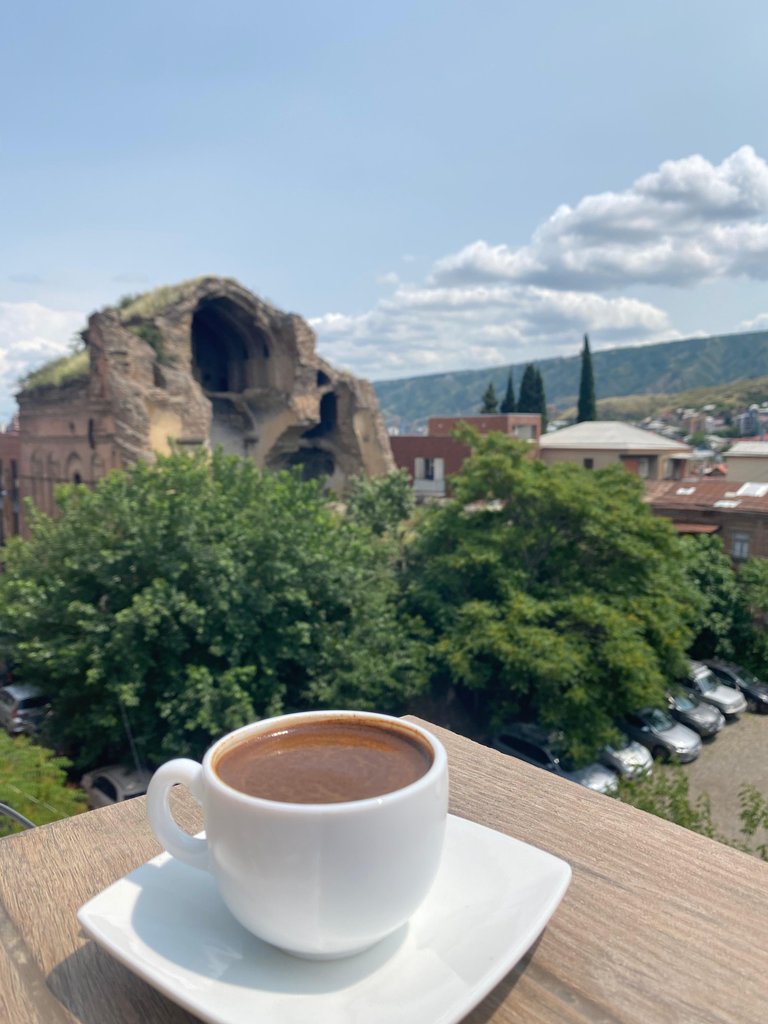
Later in the day, I entered the Georgian National Gallery, located just off Rustaveli Avenue. The space was peaceful, with only a few visitors inside. There was a temporary exhibition of Niko Pirosmani, one of Georgia’s most beloved self-taught artists. His paintings, rich in folk themes and rustic characters, gave me a glimpse into Georgian village life from another era. There was something humble and haunting in his work, and I spent almost an hour quietly walking from one piece to another.
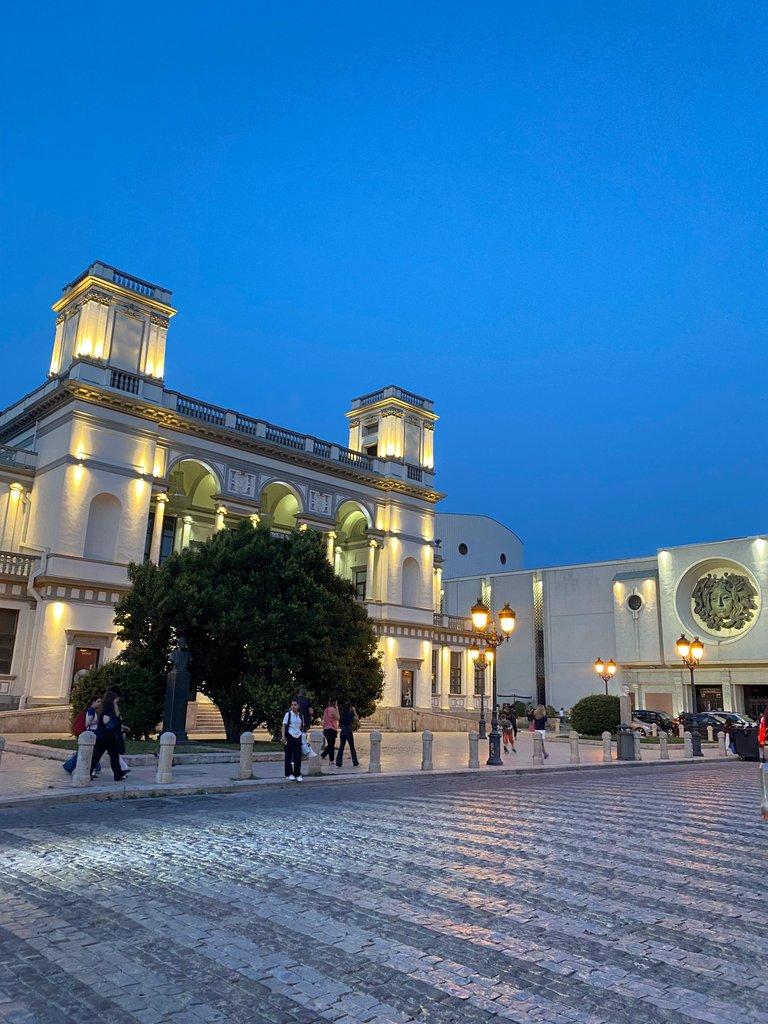

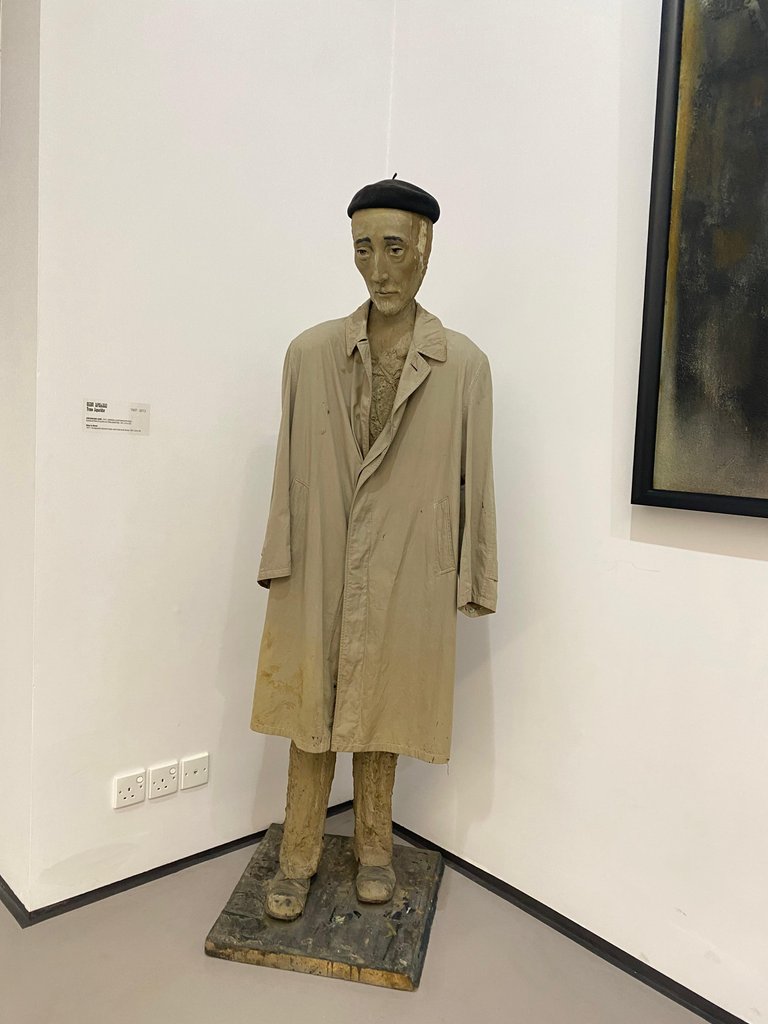
Evening Walks and the City at Night
As evening approached, I took the funicular to Mtatsminda Park, a hilltop amusement park with panoramic views of the city. Although I didn’t go on any rides, the view of the city at dusk golden rooftops, the river curving through Tbilisi, and church domes catching the last light was unforgettable.
On my way down, I passed by the Mother of Georgia (Kartlis Deda) statue. This towering aluminum figure holds a sword in one hand and a bowl of wine in the other, symbolizing the dual nature of Georgian hospitality: warmth for friends and strength against enemies. Seeing her silhouetted against the night sky was a powerful image, especially on a solo trip where symbols of protection and welcome felt especially meaningful.
Dinner that night was at a cozy restaurant in the Old Town. I tried khinkali (Georgian dumplings) and lobio, a hearty bean stew served in a clay pot. The flavors were earthy and comforting. I returned to my hotel walking along Sharden Street, where soft jazz music spilled from cafes and twinkling lights hung above narrow cobblestone alleys. I felt safe and embraced by the city.

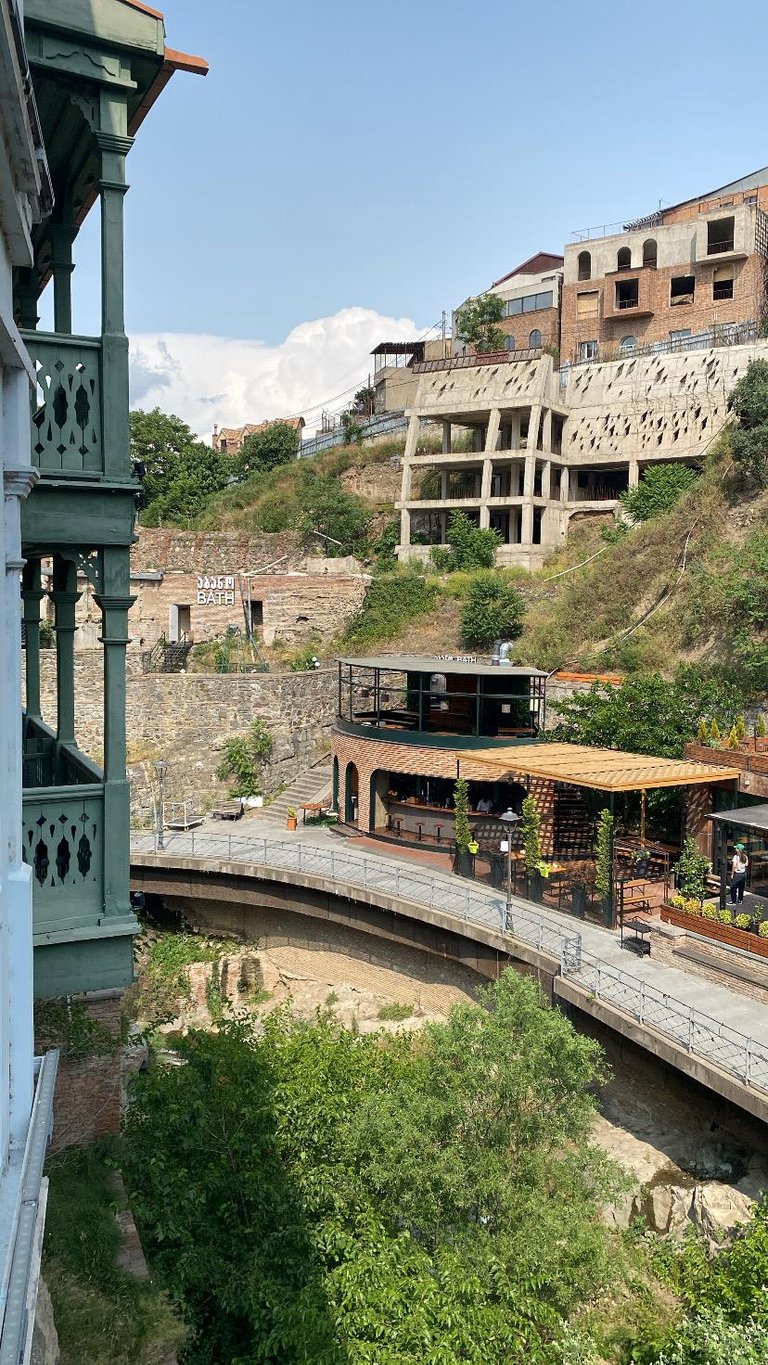
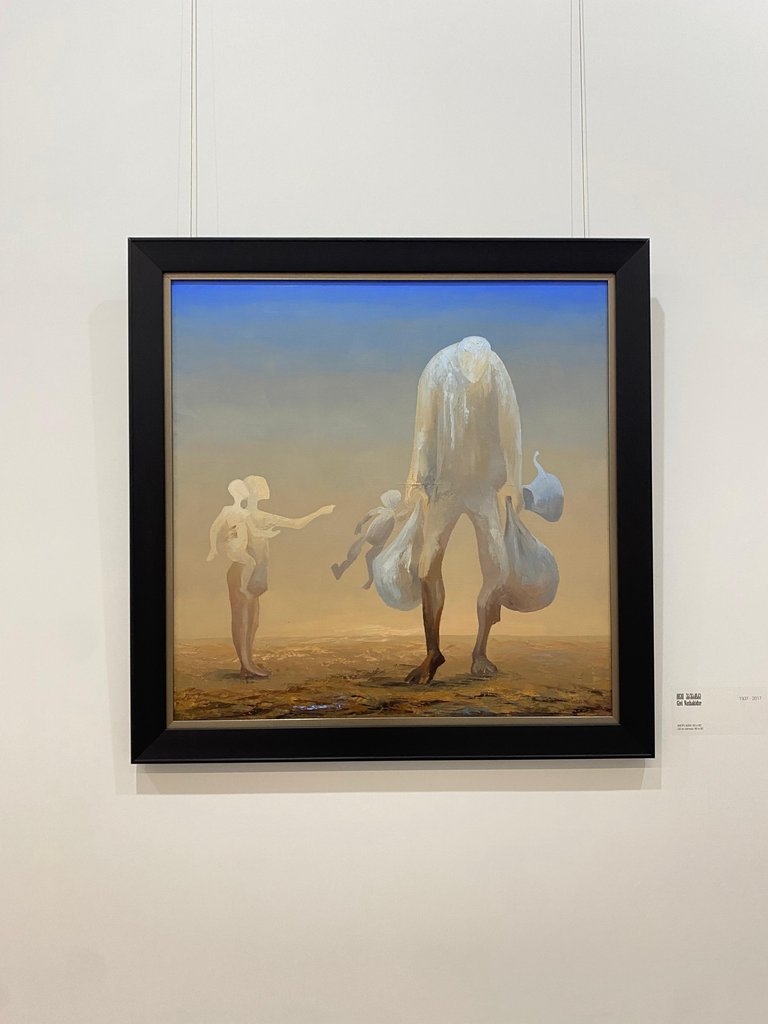
Day Two: Art, Symbols, and Quiet Spaces
The next morning began with a visit to Rike Park, a green space along the Mtkvari River. Its modern design contrasts with the Old Town across the water. From here, I could see the Bridge of Peace, a pedestrian bridge made of steel and glass, resembling a giant DNA strand. Walking across it felt like stepping into a futuristic version of Tbilisi. The bridge led me toward more historical quarters, but I paused midway to take photos of the riverbanks and reflections.
My next stop was the Tbilisi History Museum, hidden in the caravanserai-style buildings of Sioni Street. Inside, various artifacts traced the city’s history from ancient times to the present day. I was especially drawn to the section featuring Soviet-era posters and photographs. Tbilisi's recent past marked by revolution, resilience, and redefinition felt alive in those quiet museum halls.
After lunch at a small family-run café (where the grandmother herself served a slice of homemade churchela), I made my way to the Art Palace of Georgia – Museum of Cultural History. Housed in an eclectic 19th-century building, the museum's collection includes theatrical costumes, manuscripts, and paintings. A temporary exhibition titled "The Language of Color in Georgian Modernism" offered a bold display of shapes and emotion. The rooms were dimly lit, the walls painted deep tones of burgundy and navy, giving the space a moody, contemplative atmosphere.
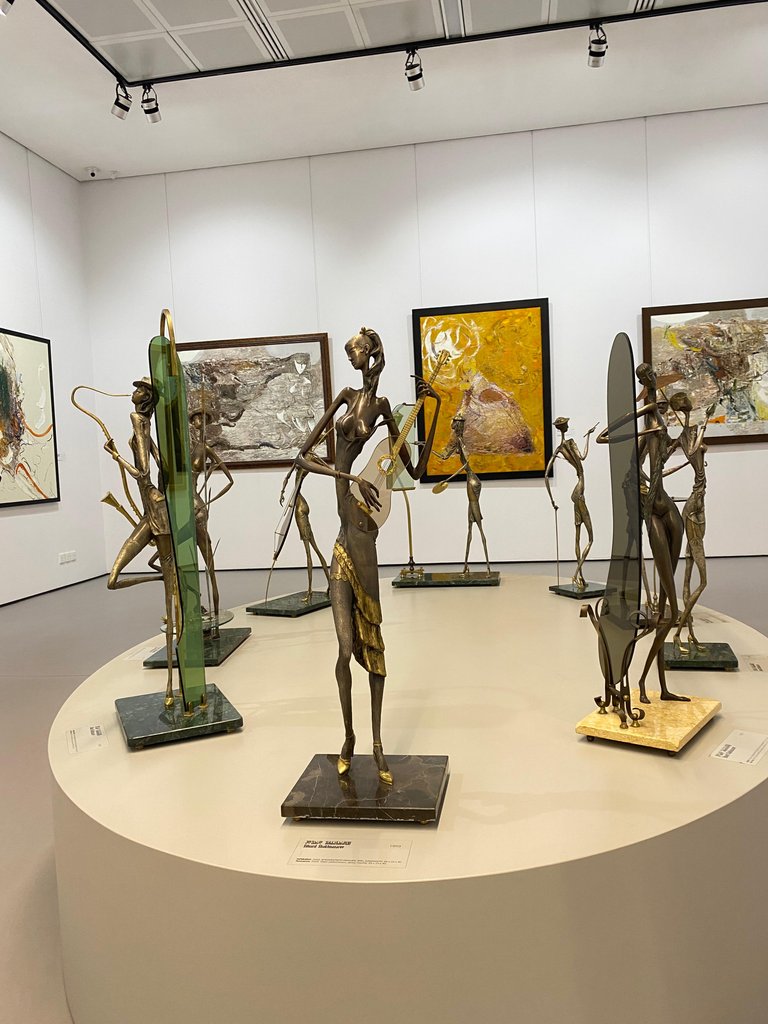
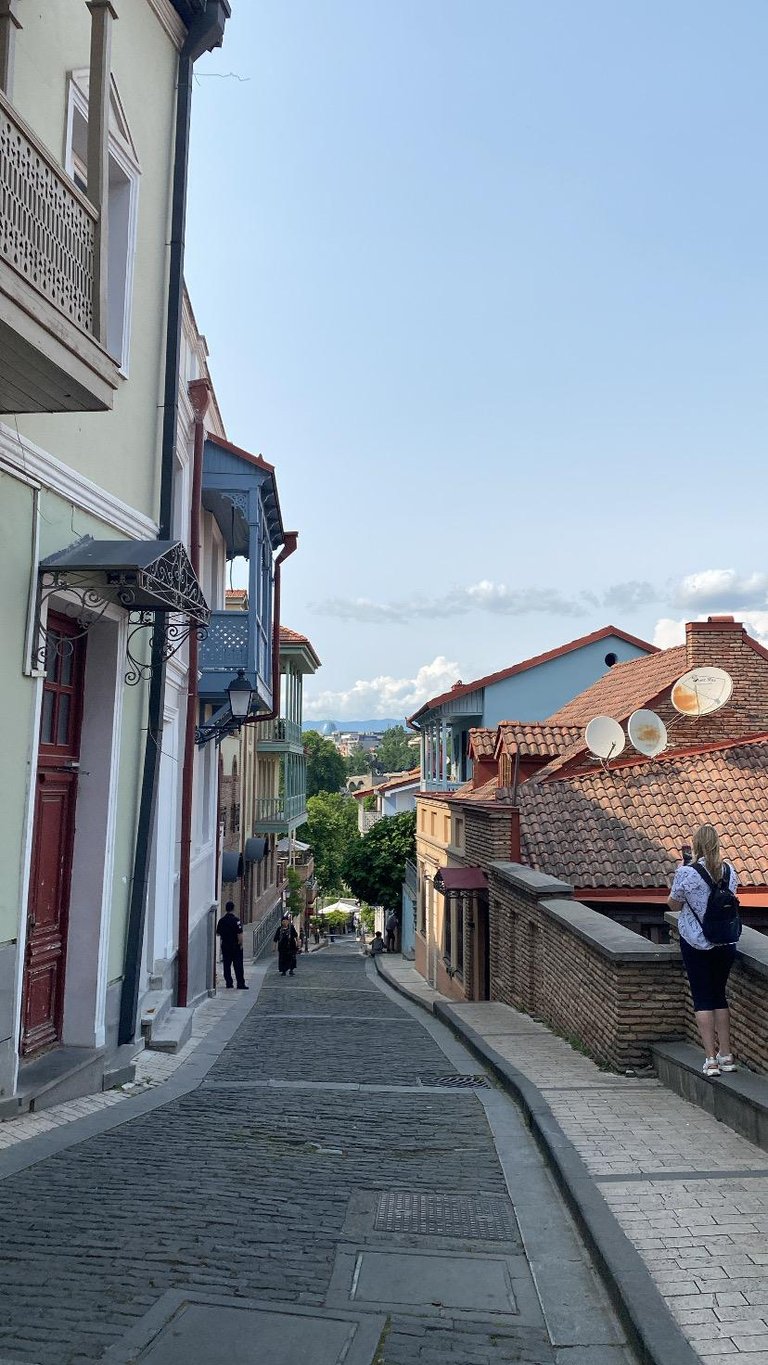

Final Hours and Departure
Before heading back to the airport, I took one last walk through Abanotubani, the famous sulfur bath district of Tbilisi. I didn’t enter any of the baths, but the smell of sulfur and the domed brick roofs created a unique visual and olfactory memory. A small sculpture of a boy with a hawk near the bathhouses caught my eye another silent reminder that this city always has something unexpected waiting around the corner.
As my taxi rolled through the quiet evening streets back to the airport, I looked out the window with a sense of gratitude. Tbilisi didn’t shout its charms it whispered them. In the lines of a painting, the shape of a statue, the smell of bread baking in a shop, or the echo of footsteps in a museum corridor, I had found more than a destination. I had found a feeling.
At the airport, check-in was smooth. I grabbed a final souvenir a tiny ceramic replica of the Mother of Georgia statue and boarded my flight home. As the plane took off, the city lights below twinkled like scattered gold coins, and I knew I would return someday.
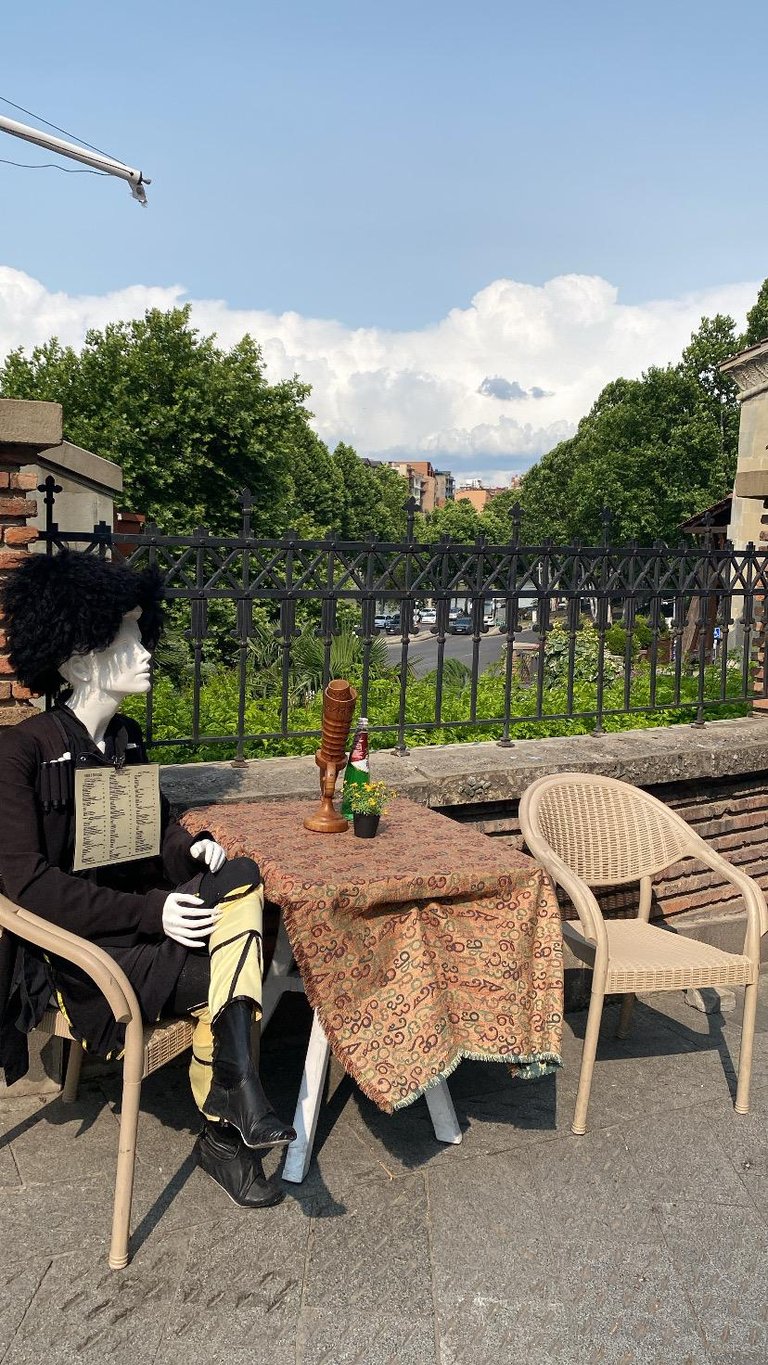

Conclusion
Two days in Tbilisi may not be enough to see everything, but it’s more than enough to feel something profound. Traveling solo allowed me to notice the quieter sides of the city its art, its symbols, and its soul. Tbilisi is not just a place you visit. It’s a place you resting to.
Thanks to #Ecency and #Hive platforms
Also Thanks to #Worldmappin for this page..
Delegate your Hive Power to Ecency and earn
100% daily curation rewards in $Hive!
what a lovely first impression! 🤍 i could almost picture the golden rooftops and smell the fresh bread lol. Tbilisi sounds like a city full of quiet magic. also, nice pic it really captured the vibe!
Yes it is.. Thanks...
You share nice spots and experiences about this city Tiblisi must be really an interesting city to visit 💖❤️
Thank you...
It's almost enough! I lived there for almost a year and I quickly found the place tiresome. Most of the city is just the old district. It's a lovely area but it's a little thin on things to do for daily living. Some nice cafes and bars around but not a ton of events in the city. You actually visited about 90% of what the city offers in this post. Mtatsminda Park is lovely in the evenings, but the only other thing I'd suggest is on the other side of the city around Marjanishvili Station. I think it's a bit nicer, very old and beautiful architecture. The roads are smaller (also bumpy and cobblestone) and less noisy, and there's a beautiful garden tucked away that still has that early 1900s feeling to it. As well as Fabrika which is a more urban side to the city where a Soviet factory has been turned into a hostel and space for bars, cafes, and some other stuff.
Once you step out of Old Tbilisi and more north the city is just chaos. Riddled with crime and drug needles. Residential Soviet spaces that haven't been kept very well throughout the years.
Yes may be.. Thanks...